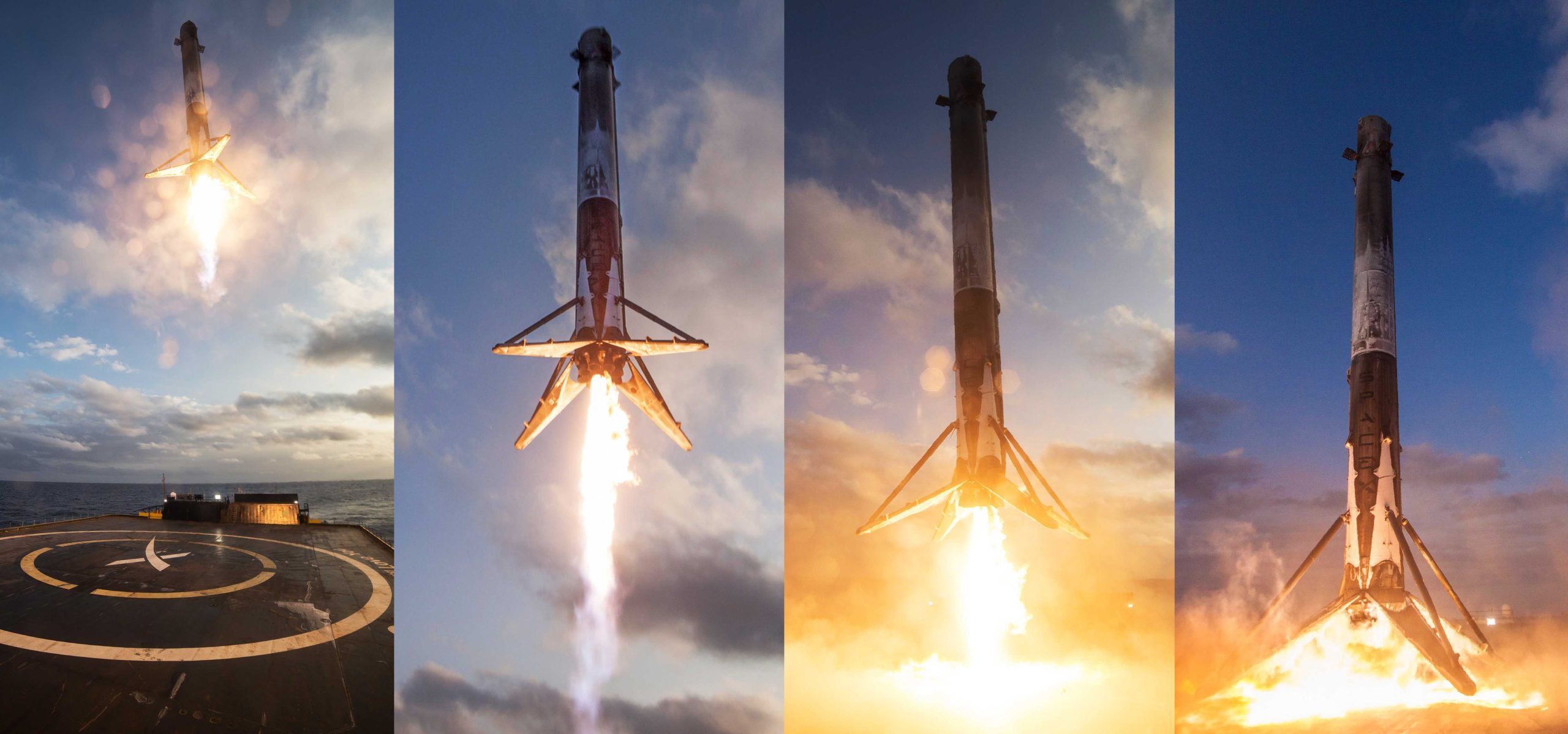
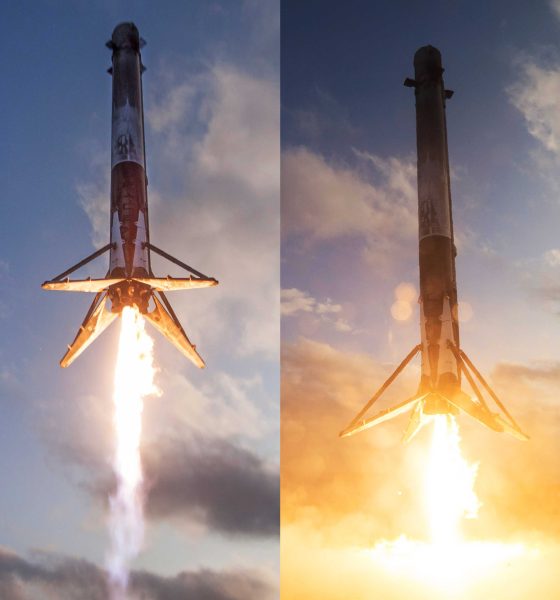
News
SpaceX’s upcoming Starlink launch will set a record for Falcon 9 booster reuse
SpaceX’s next launch will fly on a Falcon 9 Block 5 booster with three flights in its history, making the mission the first time SpaceX will launch the same orbital-class booster four times.
Likely attributable to a number of launch customers all coincidentally not ready for flight, SpaceX is in the midst its longest lull between launches since September 2016, three years ago, when Falcon 9 suffered its most recent catastrophic failure. During the lull, SpaceX COO and President Gwynne Shotwell noted that this is the first time in SpaceX’s history where the company is waiting on customers to launch, rather than the other way around.
That lull – currently past the two-month marker – is hoped to end sooner than later, although SpaceX’s ‘return-to-flight’ mission has become more uncertain in the last few weeks. For unknown reasons, the schedule for SpaceX’s next Starlink mission(s) went from having fairly specific launch targets (October 17th and November 4th) to more unclear schedules. Currently, SpaceX’s next launch will likely be the first flight of 60 Starlink V1.0 satellites and is expected no earlier than late-October or November.
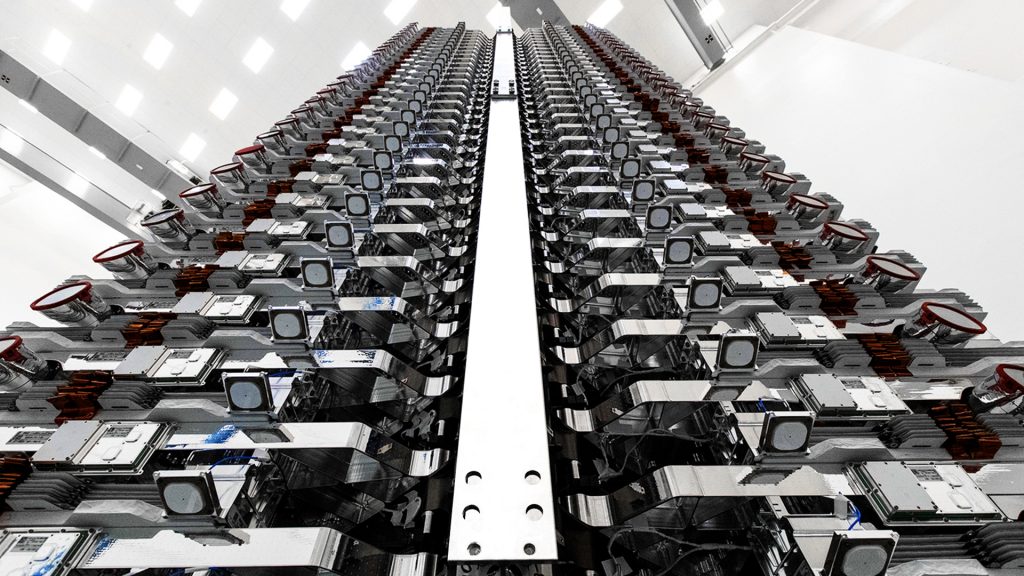
Depending on how far right the mission moves on that schedule, SpaceX’s next launch might instead be a more regular commercial satellite mission, Kacific 1, scheduled for launch no earlier than (NET) November 11th.
Regardless of which mission actually comes next, speaking earlier this at the 2019 National Academy of Engineering annual meeting, SpaceX VP of Build and Flight Reliability revealed that “the next launch” will mark the first time a Falcon 9 booster has launched four times. As of now, SpaceX has launched four separate Falcon 9 boosters three times apiece, beginning with B1046 in December 2018 and ending most recently with B1047 in August 2019.
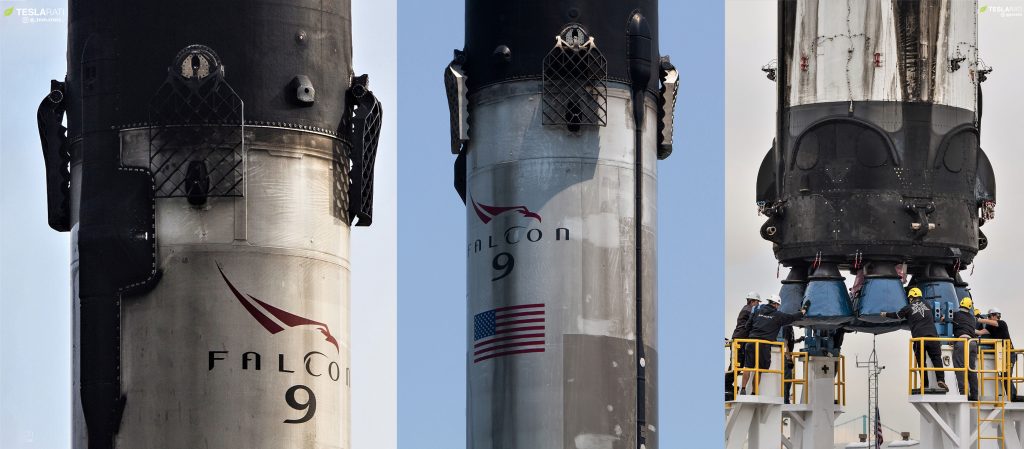
According to CEO Elon Musk and other SpaceX executives and employees, Falcon 9 Block 5 boosters are designed to fly no fewer than 10 times apiece before requiring substantial refurbishment. SpaceX has three (B1047 was expended on its third flight) thrice-flown Falcon 9 Block 5 boosters on hand, all of which can thus be assumed to be ready for another mission. In fact, B1046.3 is known to be assigned to SpaceX’s imminent Crew Dragon In-Flight Abort (IFA) test (NET November 23rd).
This leaves B1048 and B1049 as SpaceX’s booster options for their next launch. Assuming it’s a Starlink, it seems likely that B1049 would be the booster of choice, as that particular booster supported SpaceX’s first Starlink v0.9 launch back in May 2019. On the other hand, Falcon 9 B1048 completed its third launch in February 2019, meaning that it has had more time for post-flight inspections and (minimal) refurbishment, although it’s entirely unclear what sort of timescales SpaceX is currently operating on for Block 5 booster reuse.
Regardless of the specifics, SpaceX’s plans for a prolific number of internal Starlink launches will create a huge number of opportunities for the company to test new hardware/software and push the envelope of reusability, all without having to convince paying customers to be the guinea pigs. Once SpaceX has pushed its booster fleet onto their fourth flights, Starlink missions can easily take the reins and prove the safety of five-flight Falcon 9s and beyond.
Check out Teslarati’s Marketplace! We offer Tesla accessories, including for the Tesla Cybertruck and Tesla Model 3.

News
Tesla launches hiring for Robotaxi program in its twentieth country
Overall, the hiring signals Tesla’s aggressive timeline for global dominance in autonomous mobility.

Tesla has launched a hiring initiative for its Robotaxi program in its twentieth country, as the company posted two new jobs in Thailand this week.
Tesla is hiring in Bangkok and Kowloon for the Vehicle Operator position, which is related to data collection, and is the first in Thailand, but the twentieth country overall, as the company tries to expand into other markets.
🚨 BREAKING: Tesla is hiring additional full-time Vehicle Operators in Bangkok, Thailand.
Previous openings were 6-month, part-time roles. These are equivalent to AI Safety Operator roles in the U.S. pic.twitter.com/R6LzoU1bos— Tesla Yoda (@teslayoda) January 5, 2026
Tesla has had active job postings for Vehicle Operator positions in the United States, India, Israel, Taiwan, Germany, the Czech Republic, Hungary, the UK, Finland, Switzerland, Sweden, the Netherlands, Austria, Spain, Norway, Italy, and Turkey in past listings.
These postings are not all currently available, likely because the roles have been filled.
Thailand is the most recent, and broadens the company’s potential path to expanding its ride-hailing program, which is only active in the United States in Austin, Texas, and the California Bay Area, so far.
These roles typically involve data collection, which assists in improving Autopilot and Full Self-Driving operation. Tesla’s self-driving programs utilize real-world data that is accumulated and stored, observing vehicle and traffic behavior, as well as tendencies that are performed by human drivers to help increase safety and overall performance.
Overall, the hiring signals Tesla’s aggressive timeline for global dominance in autonomous mobility. Although the company has several high-profile rivals and competitors in the field, it has established itself as a main player and a leader in the development of autonomous technology, especially in the U.S., as its FSD suite is refined on almost a weekly basis.
The Full Self-Driving suite is available in seven countries and territories currently, including the U.S., Canada, China, Mexico, Puerto Rico, Australia, and New Zealand. Its biggest goal for expansion is currently the European market, where regulatory hurdles have been the main bottleneck prolonging its launch on the continent.
Tesla has performed months of testing in various European countries, including France and Spain, and does have support in some areas from various regulatory agencies. However, the company is hoping to get through this red tape and offer its suite in Europe for the first time, hopefully this year.
News
Tesla China rolls out Model Y upgrades, launches low-interest financing
These strategies are aimed at improving the ownership experience and keeping vehicle pricing competitive in the world’s largest electric vehicle market.

Tesla has rolled out minor updates to the five-seat Model Y in China, upgrading the vehicle’s center display to a higher-resolution 16-inch 2K screen. The electric vehicle maker also introduced attractive financing options, including 7-year low-interest rates, to offset the new purchase tax on EVs.
These strategies are aimed at improving the ownership experience and keeping vehicle pricing competitive in the world’s largest electric vehicle market.
Five-seat Model Y gets larger, better display
With its recent update, all three variants of the five-seat Model Y now feature an upgraded 16-inch 2K resolution center display, which replaces the vehicle’s previous 15.4-inch 1080p panel. This screen was already used in the six-seat Model Y L, and it offered improved visual clarity. Tesla China has also updated the Model Y’s headliner to black, giving the vehicle a sleeker appearance.
Prices of the five-seat Model Y remain unchanged at RMB 263,500, RMB 288,500, and RMB 313,500 for the respective trims. This update enhances the cabin experience as domestic rivals are already adopting high-resolution screens. As noted in a CNEV Post report, some domestic automakers have begun rolling out vehicles equipped with 3K-resolution displays.
New financing offers
Tesla also launched ultra-long-term financing offers for its locally produced models in China, which include the Model 3 sedan, the five-seat Model Y, and the six-seat Model Y L, through January 31, 2026. The 7-year option features an annualized fee rate as low as 0.5%, which is equivalent to 0.98% interest. This is expected to save customers up to RMB 33,479 ($4,790) compared to standard rates.
A 5-year zero-interest plan is also available, and it has been extended to the Tesla Model Y L for the first time. These incentives help offset China’s new 5% purchase tax on New Energy Vehicles (NEVs) in 2026-2027. Some of Tesla’s rivals in China have announced in recent months that they would be covering the purchase tax owed by buyers early this year.
News
Tesla Model Y’s new feature lands driver in hot water from police officer
“He gave me a warning and told me to get it fixed.”
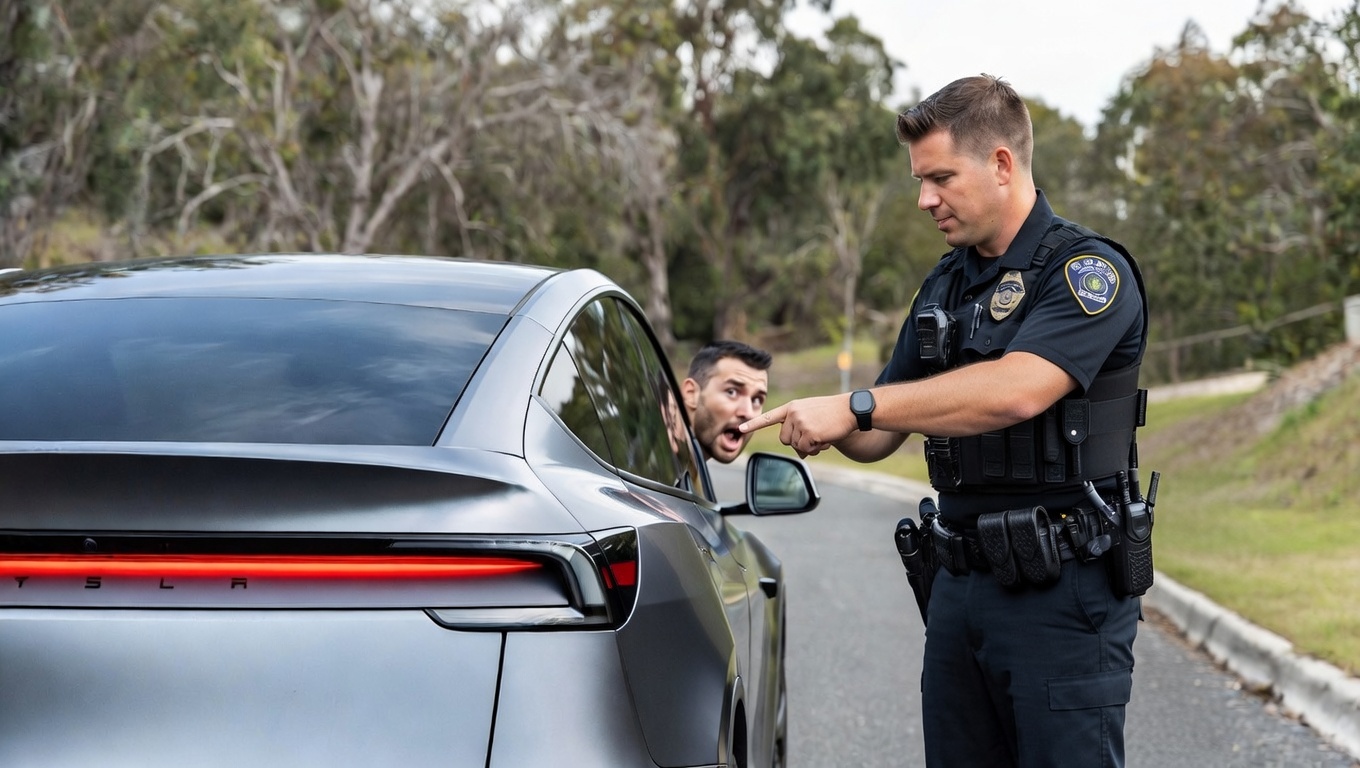
Tesla Model Y received a slew of both interior and exterior upgrades when the company refreshed its best-selling vehicle last year.
However, one of the more notable changes from an exterior perspective landed a driver in hot water with a local police officer, who was confused about the situation with the taillight bar and its ability to alert other drivers of a reduction in speed.
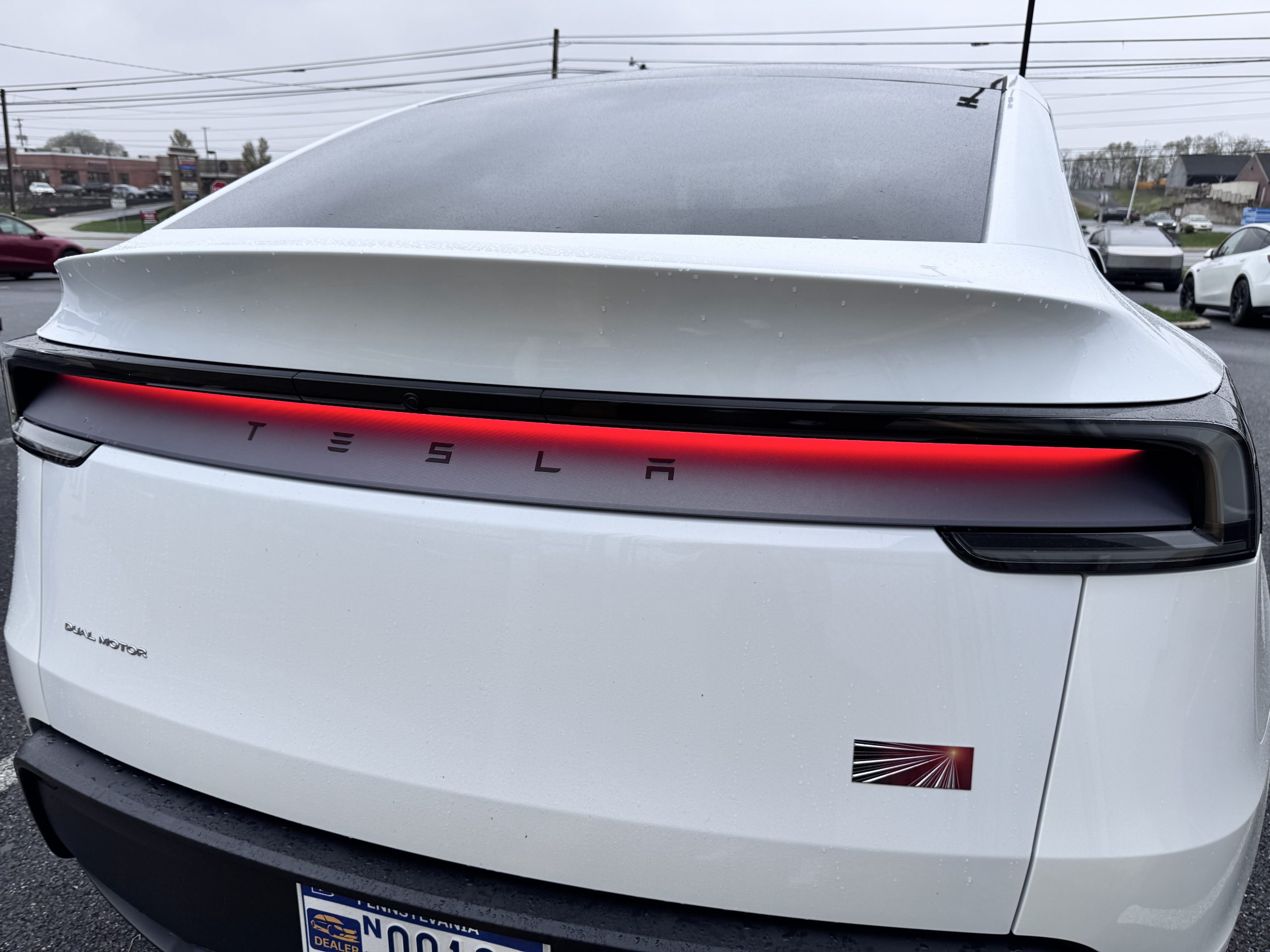
The new Tesla Model Y taillight with taillight glow
A Tesla Model Y owner in Indiana recently noted in a Facebook post that he was pulled over because a police officer thought the vehicle’s taillights were not turned on. However, the Model Y’s new rear light bar, which spans across the entire width of the vehicle, is more than visible in both light and dark conditions.
The incident, which was first spotted by Tesla Oracle, brings to light the interesting changes and perception of vehicle design that Tesla has brought forth with the new Model Y. We know some things might be head-scratching to some drivers, notably the Matrix Headlight technology present on the car, but this one truly baffled us.
The post stated:
“Just got pulled over for my tail lights not being “on” i told the officer it’s brand new. It has 1100 miles. I told him the red light bar is the taillight. The brake lights, both turn signals, and the red bar was on/worked. He told me that where the brake lights are, it should be illuminated there also. He gave me a warning and told me to get it fixed. Had anyone else had this kind of issue?”
Having the police officer tell a driver to “get it fixed” when it is a completely legal and functional design is pretty crazy.
However, the rear taillight bar, which glows and really gives the new Model Y a distinct difference between its previous iteration, is more than recognizable as a brake light and an indication of a reduction in speed.
Regulatory language for vehicle designs indicates that the light has to reach a certain number of lumens, or brightness. Lars Moravy indicated this on an episode of Jay Leno’s Garage when he and Tesla Chief Designer Franz von Holzhausen explained some of the details of the new Model Y.
This issue sparks some interesting dialogue people can have about vehicle design, and as more and more companies are adopting these futuristic looks, it seems law enforcement will have to get with the times and familiarize themselves with the regulations regarding exterior lights.








